How do you interpret a Hazardous Area Classification markings? Provide the answer with a example
Take the example Ex(point 1) d(point 2) II(point 3) C(point 4) T6(point 5)
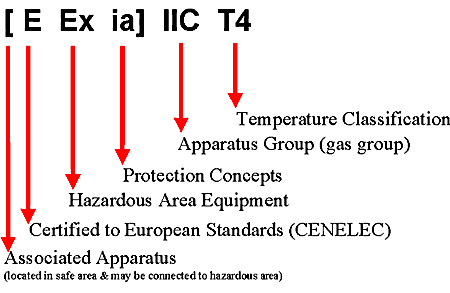
Point 1
Ex denotes “Explosion protected meets IEC Standards”
EEx denotes “Explosion protected meets CENELEC Standards”
AEx denotes “Explosion protected meets NEC Standards”
Point 2
This is a type of protection techniques to prevent the simultaneous availability of a gas air mixture of sufficient concentration and volume and an ignition source with sufficient energy. Where this is unavoidable, then special measures are taken to contain any explosion. Worldwide, seven different types of protection are currently recognized as effective techniques to prevent explosions.
The types of protection are listed below:
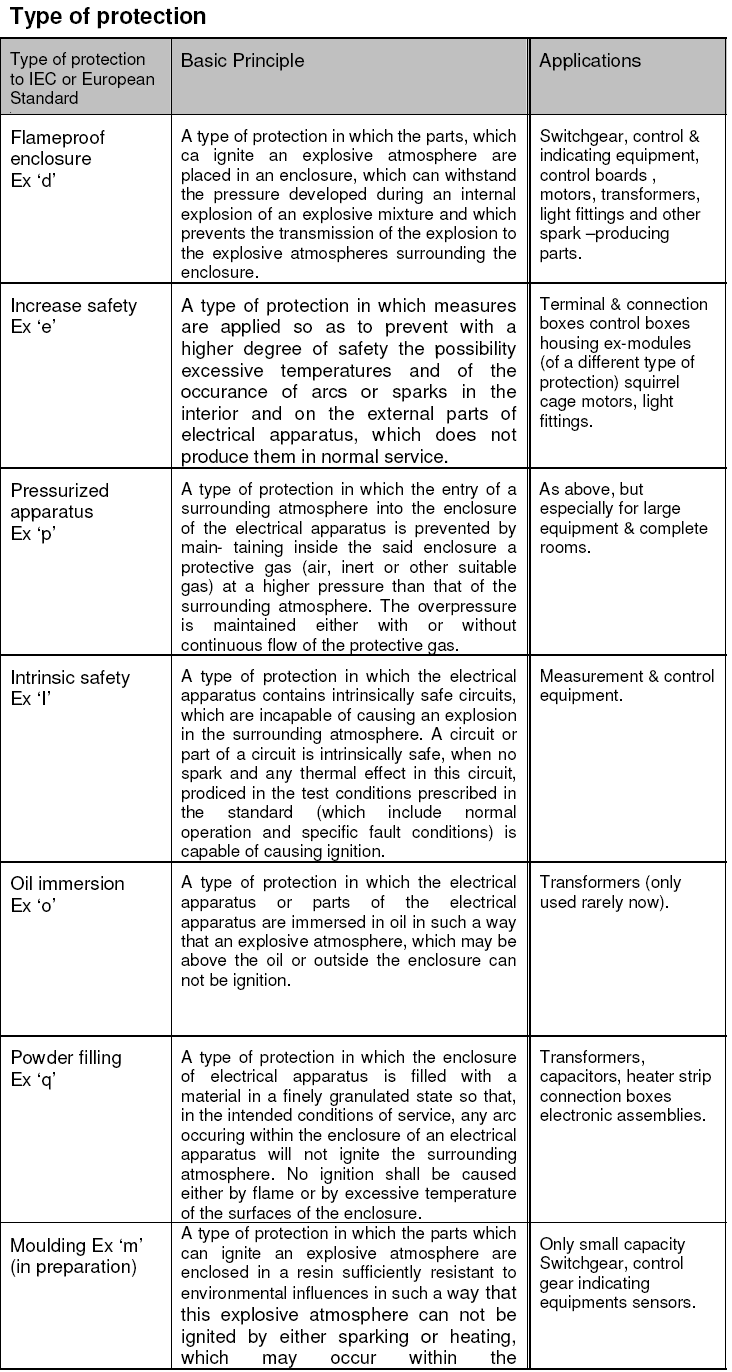

Point 3 & 4
All gases and vapours can be classified into 4 major gas groups. The classification criteria is based upon laboratory tests to determine the maximum experimental safe gap (MESG) and the minimum ignition current (MIC). Gas group classification for typical gases will be:
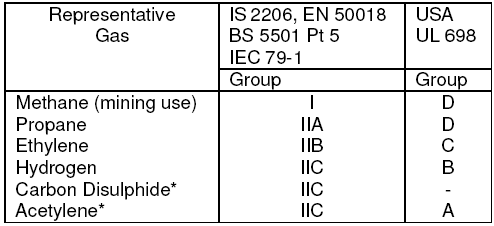
Point 5
It is an essential requirement that for electrical equipment to work safety in an explosive atmosphere, the maximum surface temperature of the exposed surface of the equipment must always be lower than the ignition temperature of the gas mixture. In order to properly select electrical equipment with regard to the ignition temperature, all gases are classified according to a temperature classification scale show below.
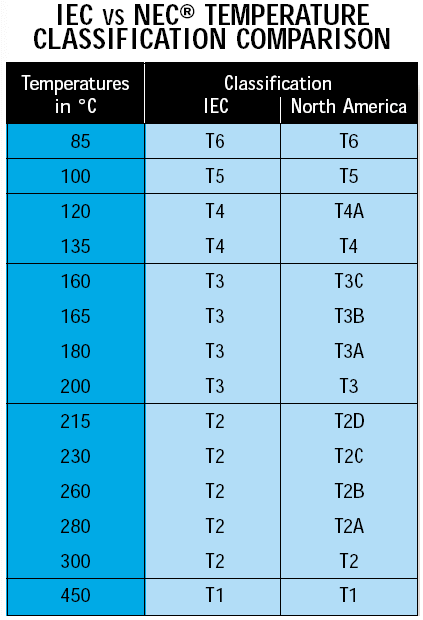
Any electrical equipment to used in an hazardous area is also tested and rated for its maximum surface temperature. It now becomes relatively simple to ensure that the temperature rating of the equipment is always compatible with temperature classification of the gas. For example electrical equipment with a T5 rating can be used in all areas where gases have a temperature rating from T1 to T5 but not T6 cation.
Also Read: Control Valve Standards
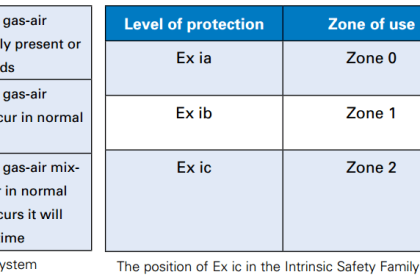


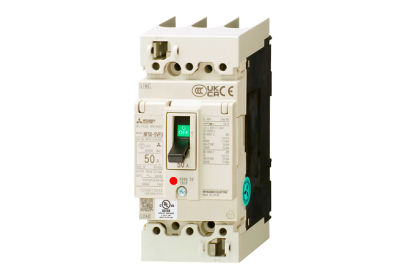
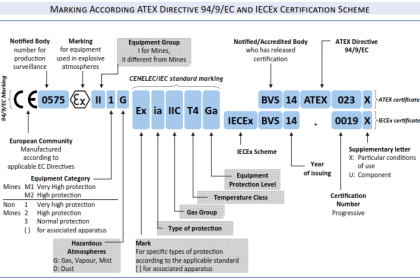
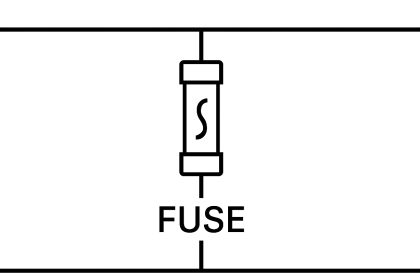
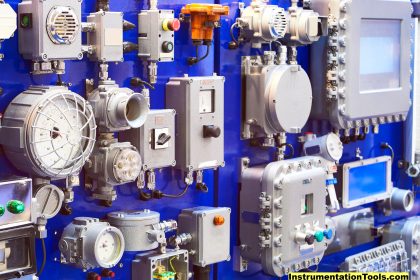
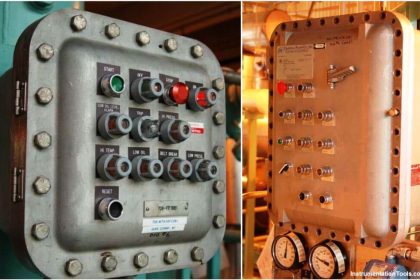


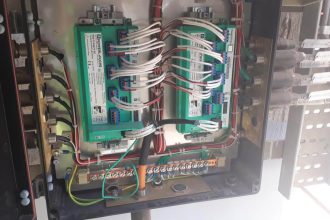
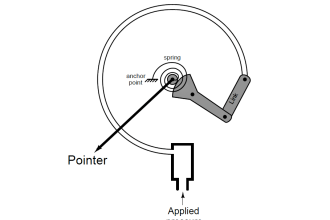
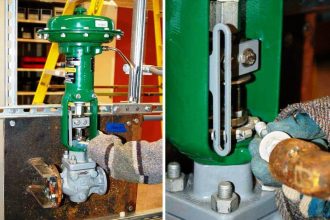
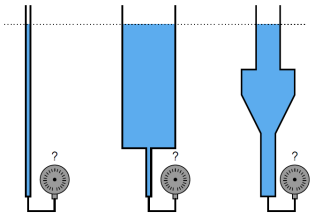
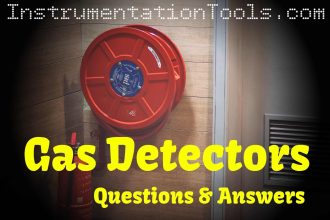
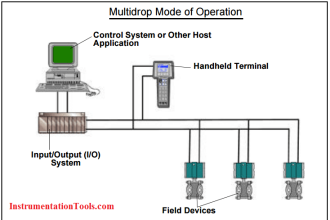

Simple explanation with example made this article WOW!!!